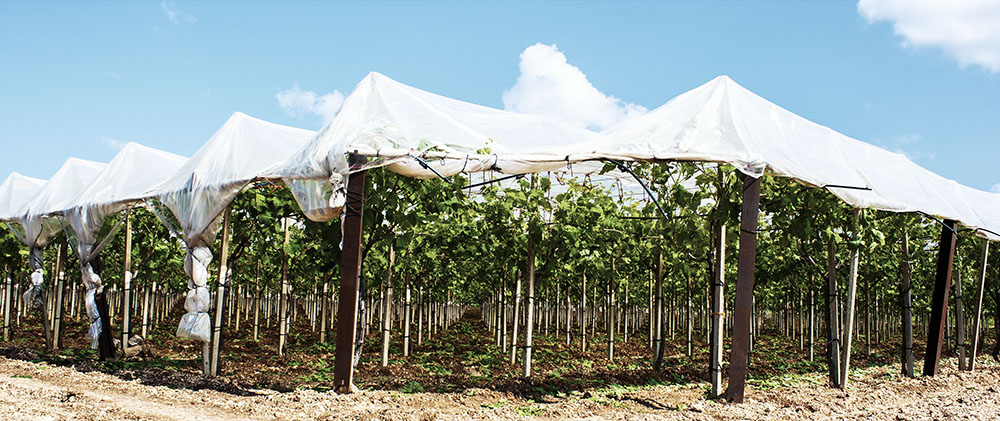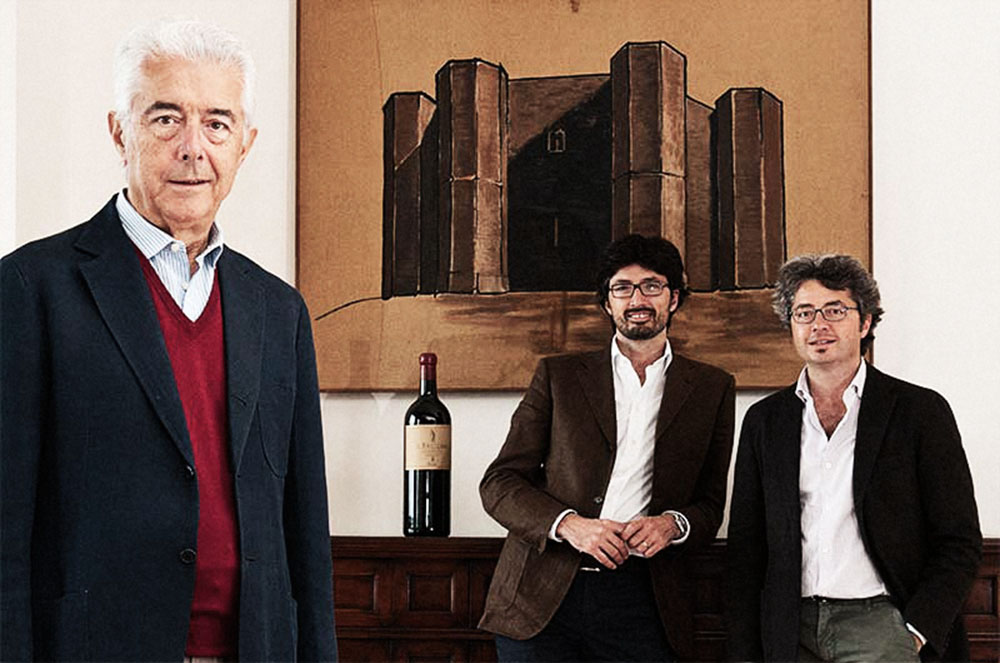
Lately, when you hear about the region of Puglia (Apulia) in Italy, it’s usually in relation to Zinfandel, or as the Puglianese call it, Primitivo. You’ll sometimes get into a debate about where the grape is from and how it relates to Italy, Croatia, California or any other part of the world the grape has landed. But Puglia is not just about one grape (though it may seem that way); the region is as diversified as any other in Italy for what it grows, with many indigenous varieties making up the fabric of its wines.
As you can imagine, being in the South of Italy, there is a need for refreshing, summery wines like whites and rosés — and there are plenty to be had. I even discovered, to my surprise, that the sparkling revolution had made it to the south of Italy. Though, maybe the bigger surprise was the quality of these bubbles, which are made primarily in the Charmat method, with longer aging times on lees to give the wines some depth and character.
But who’s kidding anyone? You rarely think of white, rosé or even sparkling in this part of the world, because nothing beats a great Southern Italian red with all its plum, raisin, chocolate, black cherry and other alluring aromas and flavours drawing you in to the glass and allowing you to linger, both nose and palate.
You’ll soon realize that few of these grapes are household names — and might never ever be — but they are worth seeking out and experiencing for yourself: Nero di Troia, Aglianico, Negroamaro, Bombino Nero and, of course, Primitivo. But there’s also Aglianico del Vulture. In truth, it’s just Aglianico grown and produced in the Vulture area of Basilicata (recognized as a DOCG in 2011), but when compared to a regular Aglianico, you’ll see why it’s so coveted.
In Puglia, the wines truly do speak for themselves; they are unique to this area. And while the grapes may travel up and down the country – and sometimes overseas — the wines made here truly do have that element of terroir that makes them gems to be prized.

Tagaro Passo del Sud Appassimento 2016 ($20)
Might seem a bit odd to see appassimento in the south, but everyone is doing it so why not. This is a blend of Primitivo, Negroamaro, Montepulciano and Nero di Troia with lots of plum, black cherry, mocha and smoke.
Claudio Quarta Anima di Primitivo 2015 ($15)
Anima means “soul” and this wine has plenty of that plus plum, cherry, spice and a freshness in the mouth that’s very surprising considering the spicy finish.
Varvaglione 1921 Papale 2014 ($25)
50- to 60-year-old vines aged 10 months in oak, this 100% Primitivo is just so enjoyable with its sweet plum, cocoa, cherry, vanilla and wood smoke; it’s the kind of wine you could enjoy all night long.
Produttori Vini Manduria Elegia Riserva 2013 ($25)
Vanilla and black cherry rule the roost here followed by plum, cassis, smoke, graphite and chocolate … it’s a multi-layered wine that has plenty of punch now and for the future.
Apollonio Negroamaro Terragnolo 2011 ($20)
Old vines are in abundance in the south and it’s great to see what they can do with those 60- to 80-year-olds: cocoa dominated with spiced cherry, fig and plum with a long finish.
Carbone Vini Stupor Mundi 2013 ($30)
This wine leans heavily on new oak (50%) but the Aglianico can take it: black cherry, cocoa, mineral and spice. It may seem simple but this wine has a big mouthfeel that is balanced off with great acidity.
Alovini Alvolo 2013 ($25)
Vines are only 30 to 38 years old in this Aglianico, but after 12 months in second-use French oak, the mineral character sits right up front followed by a mix of red and black fruit and a super-long finish.
Borgo Turrito TroQué 2013 ($20)
Nero di Troia is not a well-known variety, but it is fun to say, and it’s about as much fun to drink. Smooth and silky with vanilla, plum and black cherry; on the finish, there’s plenty of spice and acidity to keep you coming back for more.
Lizzano Manorossa 2016 ($25)
While the name Negroamaro means “black bitter,” the wines made from this grape are usually anything but. Here, vanilla and chocolate co-mingle with rich plum for a silky-smooth wine loaded with flavour.
Cantina Sociale di Barletta Priamis 2012 ($20)
This Nero di Troia spends 12 months in oak then another 6 in bottle, allowing it to come together naturally. The first sip may seem almost too spicy and oaky but let the wine settle into the glass and experience the blackberry and spicy blueberry notes this wine has to offer.
Kandea Bolla D’Oro 2014 ($20)
The main grape here is Bombino and it makes an excellent base for bubbly. This 9-month Charmat method sparkler is bone dry and lively with lime and green apple notes.
Rivera Pungirosa 2016 ($15)
While the white version of this grape makes some incredible bubbly, the red makes simple, fruit-driven red wines brimming with raspberry and lime-like acidity on the finish; on the mid-palate, it’s a strawberry–cherry mash-up.
Cantina Il Passo Alberi in Piano 2013 ($20)
A long-aged Aglianico (18 months) with 15 days’ skin contact and made using 35-year-old vines. Vanilla dominates with wood spices coming through before the dark fruit and pepper take over; minerality and acidity help clean up the finish, readying it for the next sip.
Masseria Altemura Sasseo Primitivo 2014 ($20)
Those who don’t see the similarities between Primitivo and Zinfandel have to try this very Zin-like wine that doesn’t push the grape over the top: bright cherry, strawberry and a 70% cocoa-like note. Silky and lovely.
Casa Girelli Virtuoso Primitivo 2013 ($20)
After years of dealing with this grape, Virtuoso seems to fit: the wine has all the cherry and mocha found in Zinfandel, but there’s a mineral component that’s unusual, and welcome. This wine also shows restraint and delicacy with a smoky finish. Truly different from its U.S. counterpart.
San Marzano Vindoro Negroamaro 2012 ($20)
Some will hear sweet fruit and shy away, but don’t let that be the deciding factor; it’s also fresh, dark fruited and supremely concentrated. It’s a wine that leaves it all on the field and you’ll love its smooth and silky texture.
